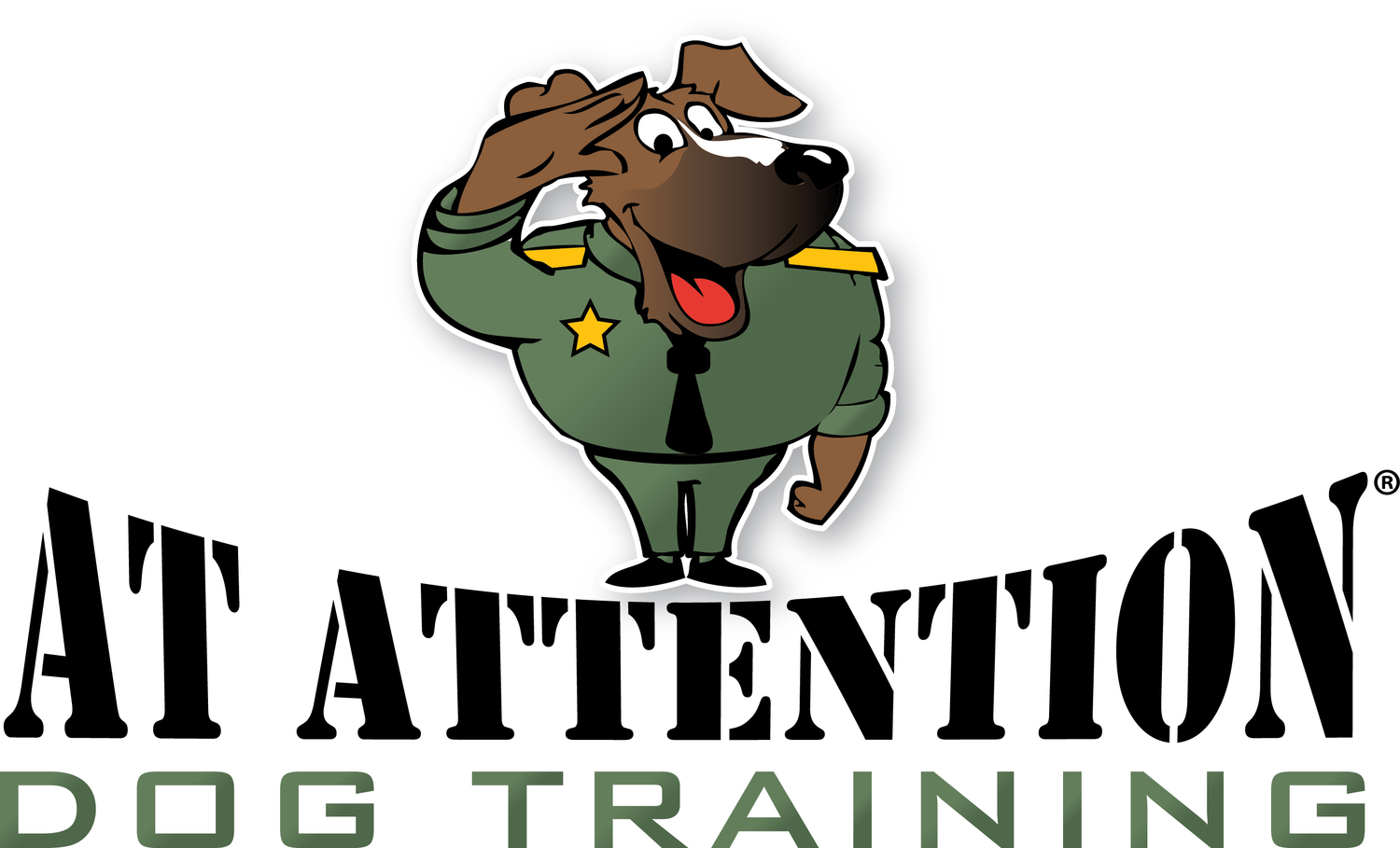When someone uses aversive methods (utilizing pain and punishment to get a behavior to stop aka P+ or R-), stress in the dog skyrockets by releasing the stress hormone, cortisol. Science has shown that when cortisol spikes, learning and memory get depressed. This means that when you use pain, your dog doesn't learn well. Additionally, the utilization of any pain, force, or fear during training or interacting with a dog can create unwanted new environmental fear triggers. Many trainers use these techniques because they get results... and they get them quickly, because the dog is becoming fearful... not learning. This is a one-way trip towards creating an aggressive dog.
Many ‘dog trainers’ out in the world call themselves ‘balance’ trainers because they use multiple aspects of operant conditioning (R+, P+, R-, P-). Any trainer who uses a ‘balanced’ approach is either ignorant to the science of dog training, or they prefer to take shortcuts to get results faster. A great dog trainer will work with you and your dog utilizing appropriate methods, and they will be willing to spend many hours to get desired results without using “quick-fixes”, and forfeiting their ethical and moral standing.
By using proper reward based training in dogs (R+), we get the best learning without causing new fear triggers. The teaching and learning aspects of dog training become fun for you and your dog. And, you get long lasting results while bonding with your dog.
Here are scientific, peer-reviewed studies, cited on the subject matter.
1. Training methods and owner–dog interactions: Links with dog behaviour and learning ability. Rooney, Nicole J., Cowan, Sarah. Applied animal Behaviour Science. Volume 132, Issues 3-4, July 2011 Pages 169–17.
2. Behaviour of smaller and larger dogs: Effects of training methods, inconsistency of owner behaviour and level of engagement in activities with the dog. Arhant, Christine., et. al. Applied Animal Behaviour Science. Volume 123, Issues 3–4, March 2010, Pages 131–142
3. Survey of the use and outcome of confrontational and nonconfrontational training methods in client owned dogs showing undesired behaviors. Herron, Meghan E., et. Al. Applied Animal Behaviour Science. Volume 117, Issues 1–2, February 2009, Pages 47–54
4. Training dogs with help of the shock collar: short and long term behavioural effects. Schilder, Matthijs., van der Borg, Joanne, Applied Animal Behaviour Science. March 25, 2004 Volume 85, Issues 34,Pages 319–334
5. Dog training methods: Their use, effectiveness and interaction with behaviour and welfare. Hiby, E.F., et. al. Animal welfare. February 2004 13:63-69.
